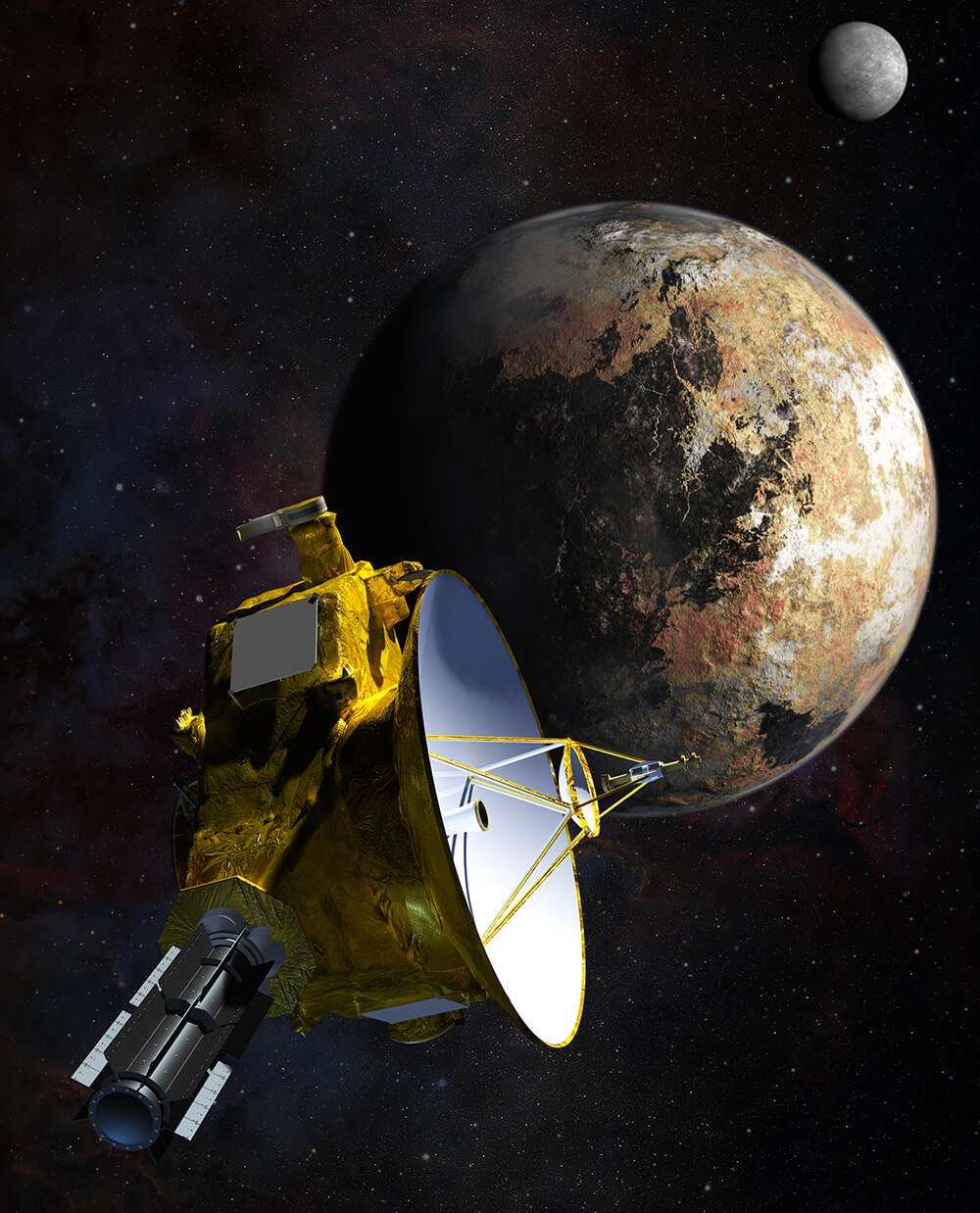By the end of this decade, NASA, the Chinese National Space Agency (CNSA), Roscosmos, and other space agencies plan to establish a sustained human presence on the Moon. A crucial aspect of these plans is using local resources (particularly water) to lessen dependence on Earth, a process known as in-situ resource utilization (ISRU). Hence why NASA plans to establish a base of operations around the lunar south pole, a heavily cratered region where water ice exists in abundance in permanently shadowed regions (PSRs).
To harvest water ice and other resources successfully, NASA is investing in technologies that will enable cost-effective sample collection, in-situ testing (with or without astronaut oversight), and real-time data transmission to Earth. One such technology is the Lunar PlanetVac (LPV), a sample acquisition and delivery system designed to collect and transfer lunar regolith to sample containers without reliance on gravity. The LPV is one of 10 payloads that will be flown to the lunar surface as part of NASA’s Commercial Lunar Payload Services (CLPS) program.
Continue reading “NASA is Sending a Vacuum Cleaner to the Moon”









